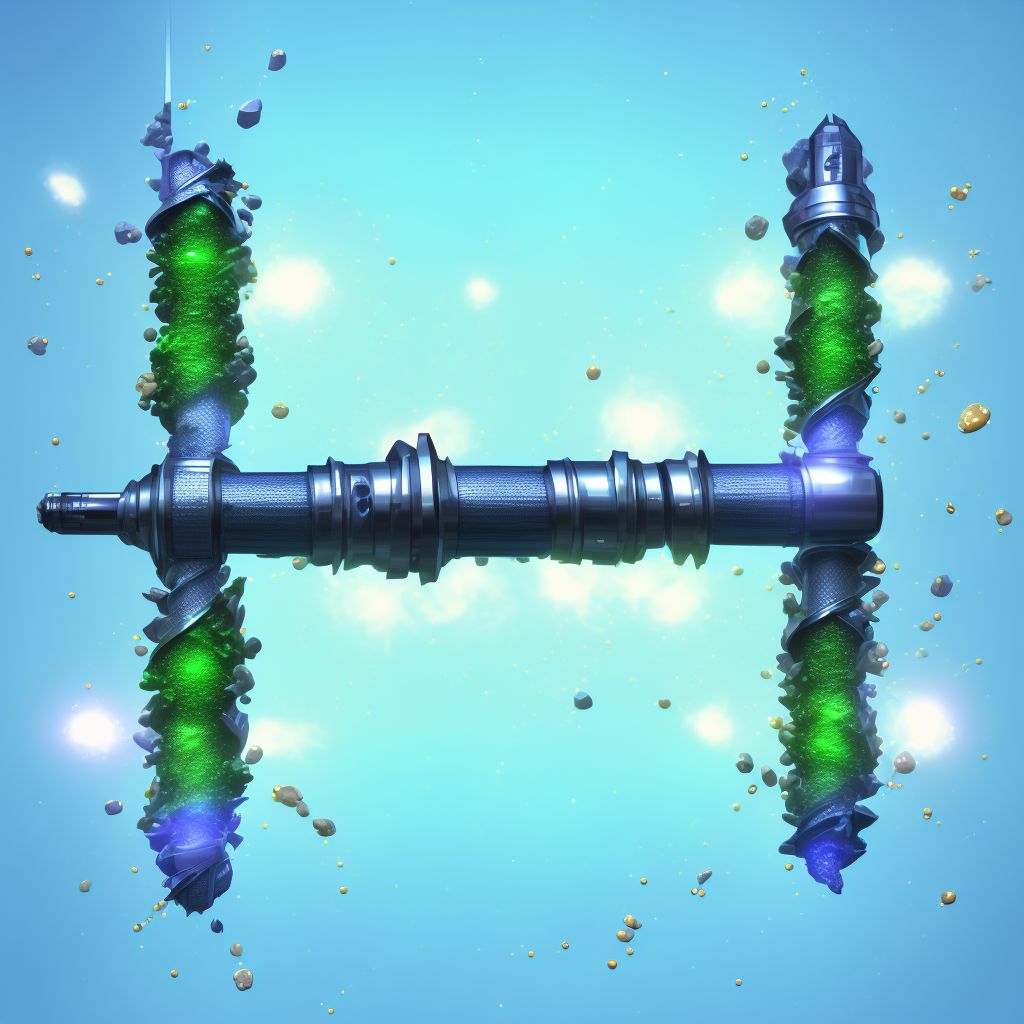
Displaced spiral fracture of shaft of left fibula, subsequent encounter for open fracture type IIIA, IIIB, or IIIC with routine healing Save
ICD-10 code: S82.442F
Disease category: S82.442: Displaced spiral fracture of shaft of left fibula
Displaced Spiral Fracture of Shaft of Left Fibula: Understanding the Healing Process
When it comes to bone fractures, one of the more severe types is a displaced spiral fracture of the shaft of the left fibula. This type of fracture occurs when the bone breaks in a spiral pattern, resulting in misalignment and separation of the bone fragments.
Upon diagnosis, subsequent encounters for open fracture type IIIA, IIIB, or IIIC are necessary to assess the progress of healing. While the focus of this article is not on treatment, it is essential to understand the routine healing process associated with this type of fracture.
Healing of a displaced spiral fracture typically occurs in several stages, requiring time and proper care. Here is an overview of the healing process:
- Inflammatory Stage: Immediately after the fracture occurs, the body responds by initiating an inflammatory response. This stage involves increased blood flow to the injured area, which brings essential nutrients and cells necessary for healing.
- Reparative Stage: During this stage, the body starts producing new bone tissue to bridge the gap between the fractured fragments. Specialized cells, known as osteoblasts, play a crucial role in this process as they secrete collagen and other substances that form the framework for new bone growth.
- Remodeling Stage: As the new bone tissue forms, the body begins remodeling it to restore strength and stability. This stage can take several months to complete, during which the bone gradually gains strength.
Throughout the healing process, it is crucial to monitor the fracture's progress through subsequent encounters. This allows healthcare professionals to assess the healing trajectory and make any necessary adjustments in the treatment plan.
While treatment details are not discussed in this article, it is important to note that various interventions, such as casting, immobilization, or surgical procedures, may be employed depending on the severity of the fracture.
In conclusion, a displaced spiral fracture of the shaft of the left fibula requires careful management and monitoring during the healing process. Subsequent encounters for open fracture type IIIA, IIIB, or IIIC help healthcare professionals assess the fracture's progress and ensure routine healing. By understanding the stages of healing, patients and medical professionals can work together to facilitate a successful recovery.
Treatment of Displaced spiral fracture of shaft of left fibula, subsequent encounter for open fracture type IIIA, IIIB, or IIIC with routine healing:
Treatment Options for Displaced Spiral Fracture of Shaft of Left Fibula
A displaced spiral fracture of the shaft of the left fibula can be a challenging injury to treat. However, with advancements in medical technology and surgical techniques, there are several effective treatment options available. The choice of treatment depends on the severity and type of fracture, as well as th...
To see full information about treatment please Sign up or Log in